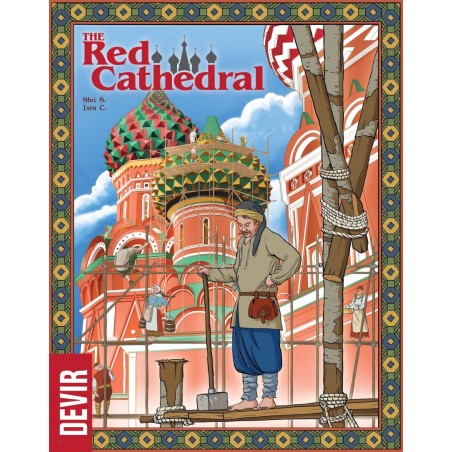
The Lost Expedition
Restock
Last unit in stock


LAST UNIT IN STOCK
This is the last unit of this item, so we recommend that you buy it online, even if it is to be collected from our store (Benfica-Lisboa).
Publisher Devir
Language





Language dependence (0-4) 0. No necessary in-game text
Player Count 1 2 3 4
Playing Time Between 1 to 2 hours
Designer Isra C., Shei S.
Minimum age 10
Categories Dice, Economic
Mechanics Area Majority / Influence, Dice Rolling, End Game Bonuses, Mancala, Relative Movement, Rondel, Solo / Solitaire Game, Trading, Victory Points as a Resource, Worker Placement, Worker Placement with Dice Workers
Number of cards
66
Sleeves 45x68
Restock
Out-of-Stock
In stock
Restock
Last unit in stock
Restock
In stock
In stock